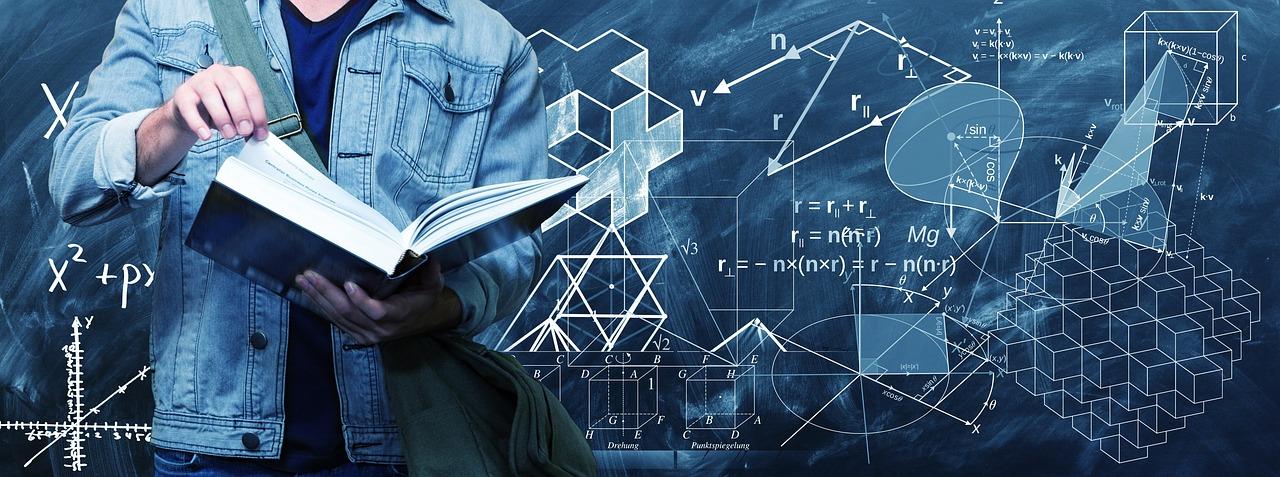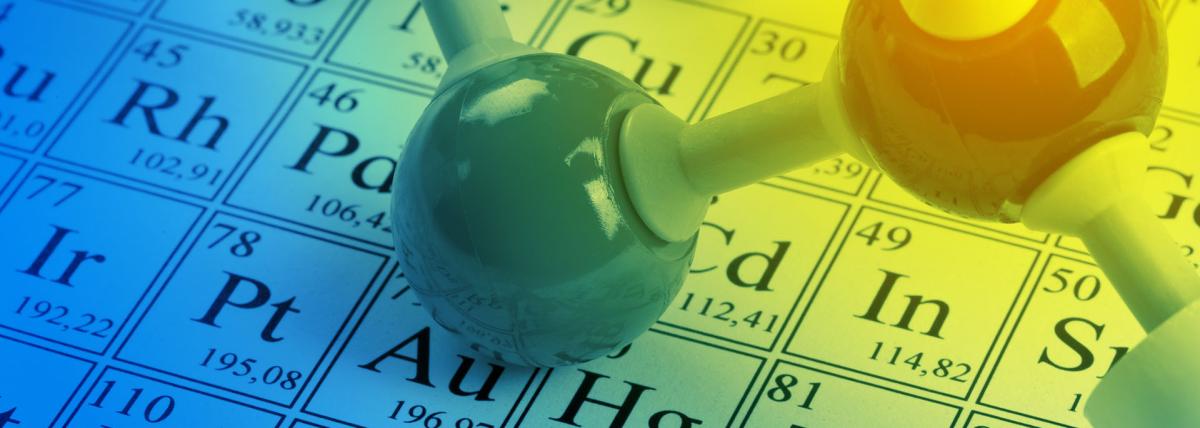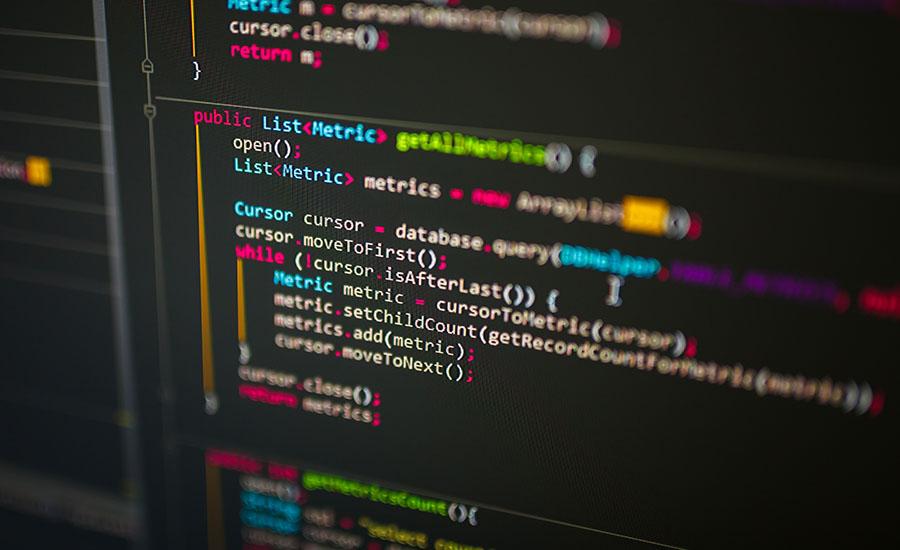
Collecting Data with a PocketLab Voyager
by Nicholas Williams
This lesson is intended to be an introduction to teach students how to use the PocketLab Voyager. It covers how to connect the Voyager to your device, using Pocklab Notebook, collecting and analysing acceleration data.
Lesson Plan Link/URL
https://docs.google.com/presentation/d/1M8yKA1O8mQ7c51uuBJRmxmSl4SVBznh2/edit?u…Subject Area
Science Physical Science P4: Energy Transfer Mathematics Measurement and Data (MD) Algebra (A)
Featured
Off
Related Content

Grades:
9th Grade, 10th Grade, 11th Grade, 12th Grade
The quintessential chemistry lab, Flame Test Lab! Students will use spectroscopes to identify the component photons of light that are emitted from Spectrum Tubes and Flame Tests. Students will learn

Grades:
9th Grade, 10th Grade, 11th Grade, 12th Grade
In this lesson, students use the Kepler’s Laws PhET Simulation to collect data on the period and average radius of the planetary orbits. They graph and analyze that data to derive Kepler’s 3rd Law.
